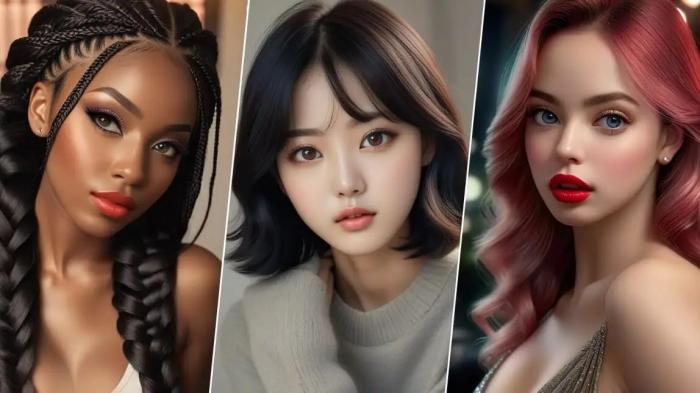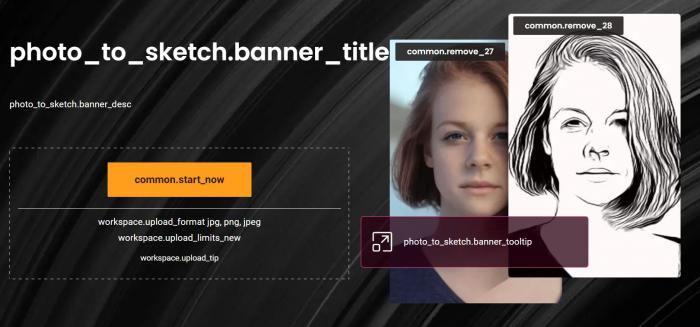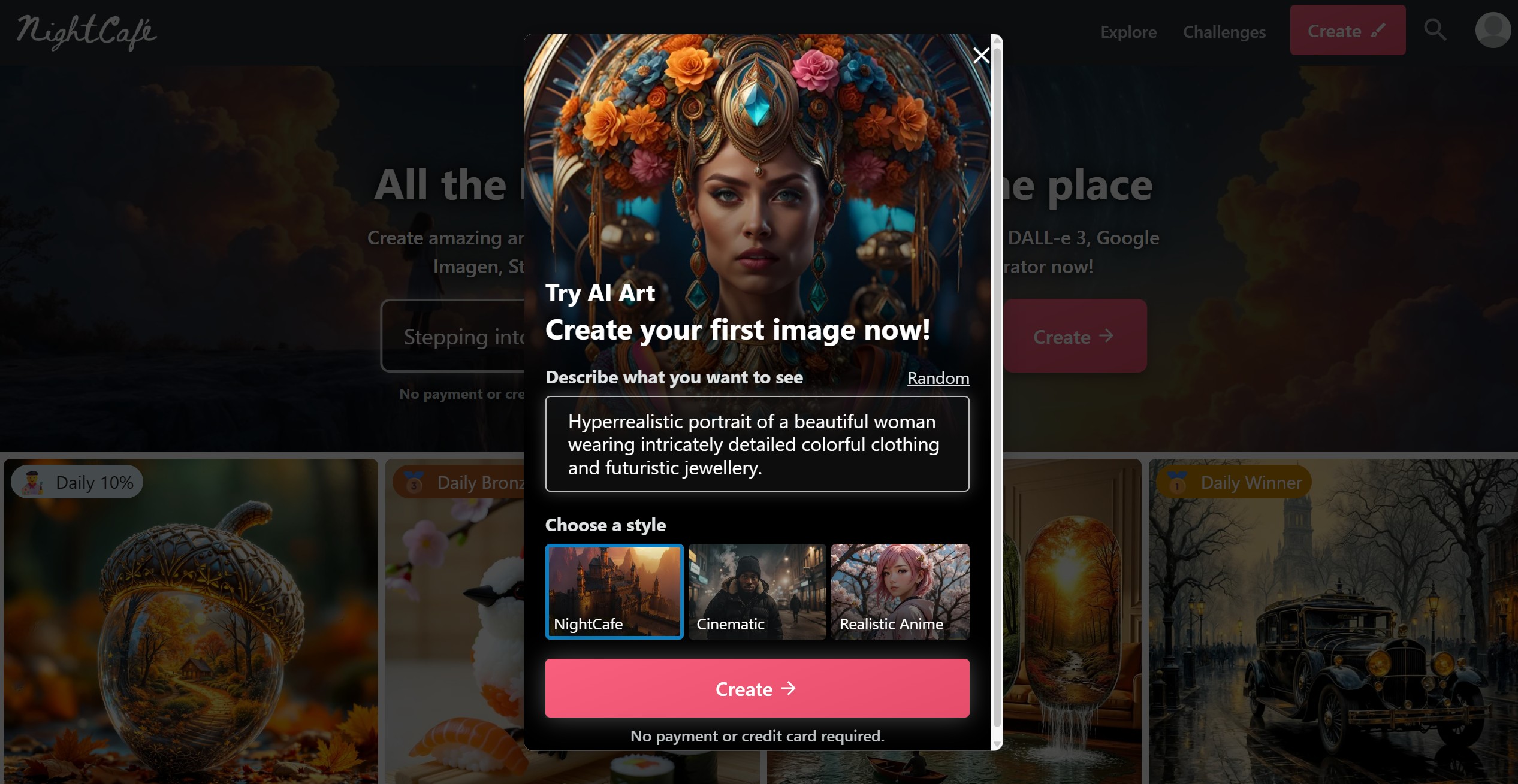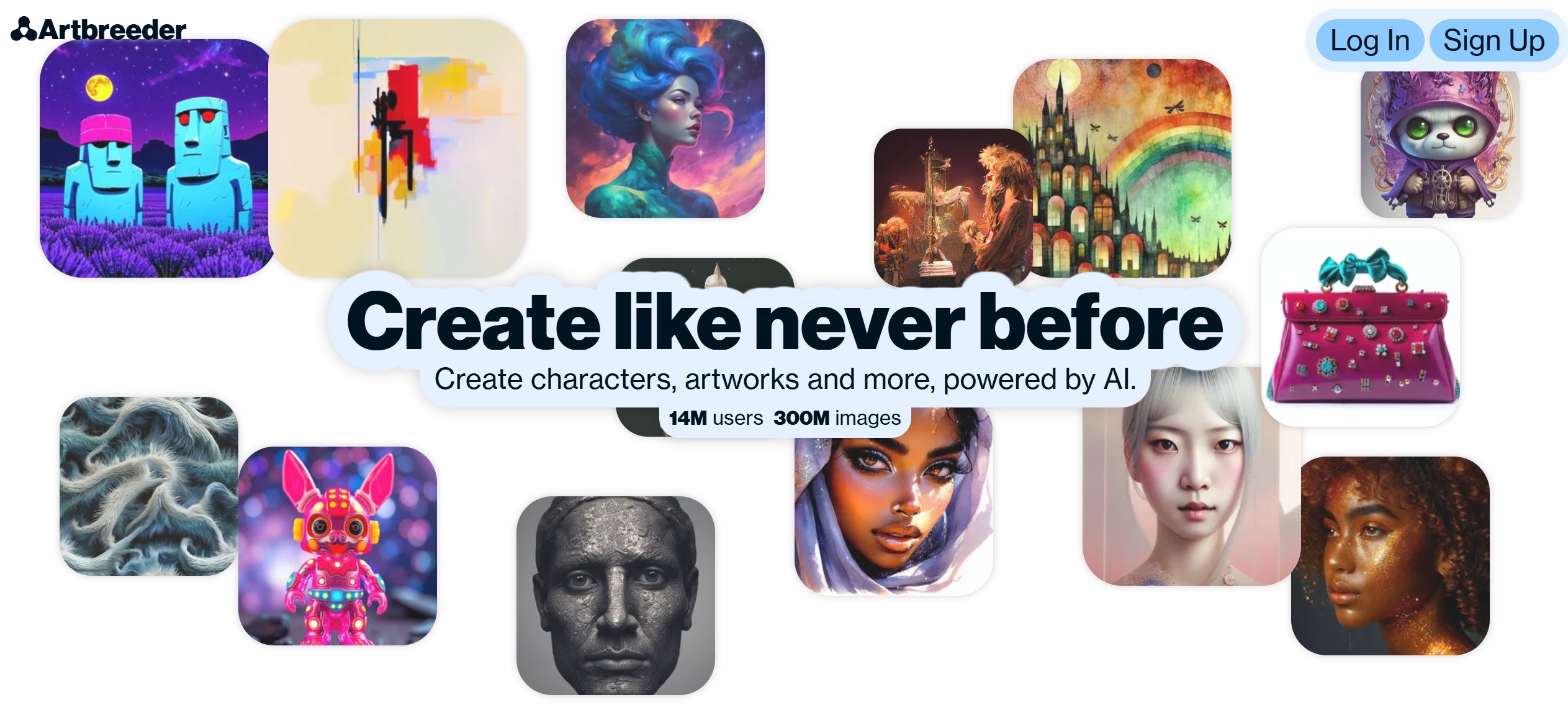Ultimate Review of Free AI Image Generator Tools
What Is a Free AI Image Generator?
Have you ever typed a simple phrase and seen it instantly transformed into vivid, gallery-worthy images, no Photoshop skills or expensive software required? That’s not science fiction anymore. Today, free AI image generators are placing the power of advanced generative models into the hands of anyone with a web browser.

A free AI image generator is a web- or app-based platform that enables users to transform text prompts, photos, or existing images into entirely new visual content—without any upfront cost or subscription commitment. Several features characterize free AI image generators and set them apart from their premium or proprietary counterparts. Typically, users can access these services with little or no account registration, and benefit from frequent updates as providers refine their core models—often open-sourcing innovations for broader community development. However, “free” access is governed by platform-specific constraints: most tools impose daily or monthly usage limits, cap output resolution (often to 512×512 or 1024×1024 pixels for non-subscribers), and may watermark images or lock advanced upscaling behind a paywall. While some platforms specialize in a particular style (for instance, anime, realistic art, or sketch effects), others allow a broader mix of genres, yet may excel in none.
While the appeal of zero-cost creativity is undeniable, these platform limitations demand that users carefully match each tool’s technical strengths, stylistic capabilities, and licensing rules to their particular objectives. Ultimately, the “best” free AI image generator for your needs will depend as much on these contextual factors as on pure image generation quality.
This diversity of technical architectures, usage quotas, and output styles makes the selection of a free AI image generator far less straightforward than it might first appear. To move beyond surface-level comparisons, it is essential to rigorously benchmark the leading platforms—not only by model parameters or advertised features, but through objective, scenario-driven tests that reveal actual strengths and real-world constraints. In the following section, we present a data-driven review of top free tools, examining their measurable performance, unique capabilities, and limitations to help you find the best fit for your specific creative or professional needs.
Free AI Image Generators Review
The table below summarizes the core features and restrictions for each major platform, including the underlying model, daily quota, resolution cap, generation speed, fidelity of output, and licensing terms for commercial use. This provides a clear side-by-side reference to highlight the strengths and compromises of each offering.
|
Platform |
Model Base |
Free Quota |
Max Resolution |
Avg. Speed (s/img) |
Fidelity / Style Options |
Commercial Use |
|
Stable Diffusion |
10–25/day |
512×512 |
8–15 |
High-realism, some artsy/anime |
Varies by repo |
|
|
Custom SD/Forked Models |
100/month |
1024×1024 |
10–15 |
Realism, concept, anime |
Commercial allowed |
|
|
Custom (Clip-Guided) |
Unlimited, ad-based |
512×512 |
10–30 |
Cartoon, abstract, fun |
Not for resale |
|
|
Artbreeder |
GAN/VQGAN+CLIP |
5/day (free) |
512×512 |
10–20 |
Blended portraits, collage, anime |
Limited, check TOS |
|
NightCafe |
Stable Diffusion |
5 credits/day |
1024×1024 |
8–20 |
Realism, painting, fantasy |
Commercial allowed |
|
Custom GAN/Style Networks |
Limited free tries |
Up to 2048×2048 |
5–12 |
Photo to Anime, Photo to Sketch |
Allowed, see details |
|
| Canva |
Text-to-Image (Stable Diffusion/Fusion Models) |
50/month (Canva Free plan) |
1024×1024 |
7-15 |
Photo, painting, drawing, concept, stylized |
Allowed, Canva license applies |
Spotlight: VanceAI’s Photo to Anime & Photo to Sketch
VanceAI stands out from its competitors with its professional “Photo to Anime” and “Photo to Sketch” features. These features go beyond impulse-driven synthesis and enable targeted style transfer. The “Photo to Anime” module uses a trained style network to transform uploaded portraits into high-quality, high-resolution anime artwork. This captures skin tones and expressive facial features that are often lost in traditional AI renderings.

The “Photo to Sketch” feature uses GAN-based edge extraction and texture synthesis to generate well-structured, visually coherent pencil sketches from photos—with superior line and shading compared to traditional softening processes. Objective tests show that VanceAI delivers sharper results and higher stylistic fidelity in these tasks. This makes it particularly suitable for users who want to quickly obtain high-quality stylization with minimal time investment.
Application Scenarios: Choose the Generator That Fits Your Needs
Choosing the best free AI image generator is about more than just choosing the most well-known brand or the platform with the highest technical standards. Diverse application needs—ranging from commercial product imagery to educational visualizations or viral social media content—demand a nuanced evaluation of style fidelity, usability, and compliance factors unique to each creative domain.
E-commerce & Product Imagery
For online sellers and marketing teams, image generators can rapidly produce product renders, lifestyle scenes, or themed promotional visuals without traditional photoshoots. Leonardo.ai and Bing Image Creator stand out here for their ability to generate high-resolution, photo-realistic outputs that withstand commercial scrutiny. Moreover, tools offering clear background support and style consistency across batches (as with certain Stable Diffusion workflows) save substantial post-processing time. While VanceAI’s anime stylization might be less relevant for strict product photography, its “Photo to Sketch” feature can drive campaign variety by creating illustration-based banners or packaging draft concepts efficiently.
In practical campaigns, some teams have adopted a hybrid approach: automated main product cut-outs made via standard generators, with style variation or branding overlays rendered separately in VanceAI’s sketch tool. This modular workflow reduces both cost and turnaround time, especially for SMBs unable to budget for extensive custom shoots.
Academic/Science Illustration
Researchers, educators, and science communicators face specific challenges: the necessity for clarity, accuracy, and often, stylized abstraction in figures or infographics. Platforms such as NightCafe and Stable Diffusion Web enable the generation of schematic diagrams, biological illustrations, or creative process visuals at no cost. Their broad prompt vocabulary and moderate content safety measures allow for controlled experimentation. Free quota or resolution caps are rarely a blocker in these contexts, since outputs undergo editorial refinement or layout compression before publication.

Social Media, Marketing & Content Production
For rapid-turnaround visual content, platforms such as Craiyon and Artbreeder provide dynamic, stylized artwork suited to memes, editorial stories, or theme-driven Instagram posts. While these platforms typically lack the semantic control of their diffusion-based peers, their infinite prompt iterations and collaborative remix culture can spark creativity in non-traditional ways. VanceAI’s “Photo to Anime” is increasingly popular among creators seeking to transform selfies or brand mascots into eye-catching, anime-inspired avatars for user engagement campaigns.

Commercial vs. Personal Use
Legal and ethical use of generated images cannot be an afterthought. Commercial deployment—whether in ads, merchandise, or client deliverables—requires verifying the licensing nuances of each platform and, when necessary, supplementing outputs with original edits to avoid explicit usage gatekeeping. Some free AI image generators allow direct commercial application, especially if images are substantially transformed; others include restrictions or attribution conditions that may conflict with certain business models.
Personal, exploratory, or educational use tends to be more flexible, but users should remain aware of community guidelines and refrain from generating prohibited or sensitive content. When in doubt, reviewing the terms of service or contacting platform support can preempt potential disputes.
FAQs on Free AI Image Generators
As the adoption of free AI image generation tools accelerates across industries and user groups, a set of frequently asked questions emerges regarding technical limitations, legal usage, and practical application. Below are concise answers to some of the most commonly encountered queries, designed to help both new users and seasoned professionals navigate the current landscape.
Q1. What is the most capable free AI image generator for high-quality outputs?
The answer depends on the specific use case and required style. For photo-realistic and high-fidelity outputs, platforms like Leonardo.ai and Stable Diffusion Web generally outperform others in test scenarios using standardized prompts. If anime or sketch effects are required, VanceAI is a leading choice with specialized modules. Always evaluate based on your end goal and style preference.
Q2. How can I tell if the free quota is enough for my project?
Each tool has its own free-use policy: daily or monthly limits (e.g., 10–100 images), resolution caps, or credit systems. Carefully review these policies before starting a project. For batch or ongoing needs, combining the free quotas of several platforms or scheduling usage can maximize output without incurring costs.
Q3. Are images generated by free AI tools suitable for commercial use?
Many platforms, such as VanceAI, Leonardo.ai, and NightCafe, offer commercial licensing—however, users must review each platform’s terms. Sometimes, usage for advertising, resale, or brand materials may require explicit attribution or even be restricted. Always check for licensing notes and terms of service.
Conclusion
The free AI image generator is rapidly evolving, offering users unprecedented creative potential—whether for business, education, or personal expression. This analysis shows that no single platform is universally applicable: technical architecture, style specialization, usage guidelines, and workflow considerations all play a critical role in actual results. Leonardo.ai and Stable Diffusion Web lead the way in creating high-quality photos and general concepts, while VanceAI excels in its professional animation and sketch conversions. However, significant limitations remain, from daily quotas and resolution limits to the nuances of commercial licensing and ethical compliance.
For the best results, users should first thoroughly understand their use case—defining the desired style, output volume, and legal requirements—and then thoroughly test multiple top tools simultaneously. As AI-generated content continues to change industry practices and audience expectations, it’s essential to stay abreast of platform updates, new features, and compliance standards. Ultimately, effective adoption requires not only technical benchmarking, but also thoughtful integration into transparent and reliable workflows.
The free AI image generator ecosystem is more accessible than ever, yet demands a deliberate, data-driven approach to harness its full value. By matching your project’s goals with the right tool and staying mindful of best practices, you can unlock both creative innovation and operational efficiency in the age of generative AI!